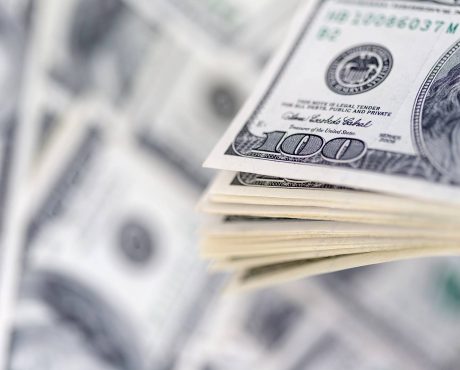Here’s a High-Yield Stock to Think About
Among the stocks that have announced cash returns to investors in 2020, Green Plains Partners LP (NASDAQ:GPP) has got to be one of the most generous ones.
On January 16, the board of directors of Green Plains Partners’ general partner declared a quarterly cash distribution of $0.475 per unit. The distribution will be paid on February 7 to unitholders of record as of January 31. (Source: “Green Plains Partners Declares Quarterly Distribution,” Green Plains Partners LP, January 16, 2020.)
Considering that GPP stock trades at $14.11 per unit as of this writing, its latest cash distribution translates to an annual yield of 13.4%.
Of course, if you’ve been hunting for yield for a while, you’ve probably noticed that, in this day and age, high-yield stocks are not really the safest bet. In particular, it’s not uncommon for an ultra-high yielder to slash its payout.
But Green Plains Partners LP actually boasts a pretty solid distribution history.
When the partnership went public in 2015, its first quarterly payout was $0.40 per unit. Since then, the amount has only been going up. GPP’s current quarterly cash distribution rate of $0.475 per unit represents a 19% increase from its first one. (Source: “Green Plains Partners LP Common Units (GPP) Dividend History,” Nasdaq, last accessed January 30, 2020.)
One of the reasons behind Green Plains Partners’ generous cash payout to unitholders is that it is structured as a master limited partnership (MLP). Basically, an MLP is required by law to distribute most of its available cash to investors. In return, it pays little to no income taxes at the corporate level.
Green Plains Partners is an MLP created by Green Plains Inc. to own, operate, develop, and acquire ethanol and fuel storage tanks, terminals, and transportation assets. With these assets, the partnership provides ethanol and fuel storage, terminal, and transportation services.
The business is largely fee-based, which is great. As long-time Income Investors readers are well aware, having a fee-based business model can allow an MLP to generate relatively stable cash flows in a volatile commodity-price environment.
Is This Double-Digit Yield Too Good to Be True?
Green Plains Partners makes it easy for investors to see whether its payout is safe by reporting something called distributable cash flow. It is calculated by taking adjusted earnings before interest, tax, depreciation, and amortization (EBITDA) then deducting interest expense, income taxes, and maintenance capital expenditures.
Ideally, we want to see a company generate distributable cash flow that is in excess of its actual cash payout.
Looking at Green Plains Partners’ latest earnings report, we see that it generated $11.1 million in distributable cash flow in the third quarter of 2019. For the quarter, the MLP declared $11.3 million of cash distributions to unitholders. That resulted in a distribution coverage ratio of 0.98 times. (Source: “Green Plains Partners Reports Third Quarter 2019 Financial Results,” Green Plains Partners LP, November 5, 2019)
In other words, the partnership did not cover its payout for the quarter, but it came awfully close.
Also, during the earnings conference call, management pointed out that things looked better on a longer time frame.
“On a last 12-month basis, adjusted EBITDA was $55.8 million; distributable cash flow was $47.2 million; declared distributions were $45.1 million resulting in a 1.05 coverage ratio,” said Patrich Simpkins, chief financial officer of Green Plains Partners. (Source: “Q3 2019 Earnings Call,” Green Plains Partners LP, last accessed January 30, 2020.)
That is, in the one-year period ended September 30, 2019, the MLP did generate more than enough cash to fulfill its distribution obligation.
Bottom Line on Green Plains Partners LP
Like most double-digit yielders, GPP stock is not perfect.
But if Green Plains Partners LP can bring its distribution coverage ratio back to above one, the partnership’s massive payout could be worth a look for yield-seeking investors in 2020.
